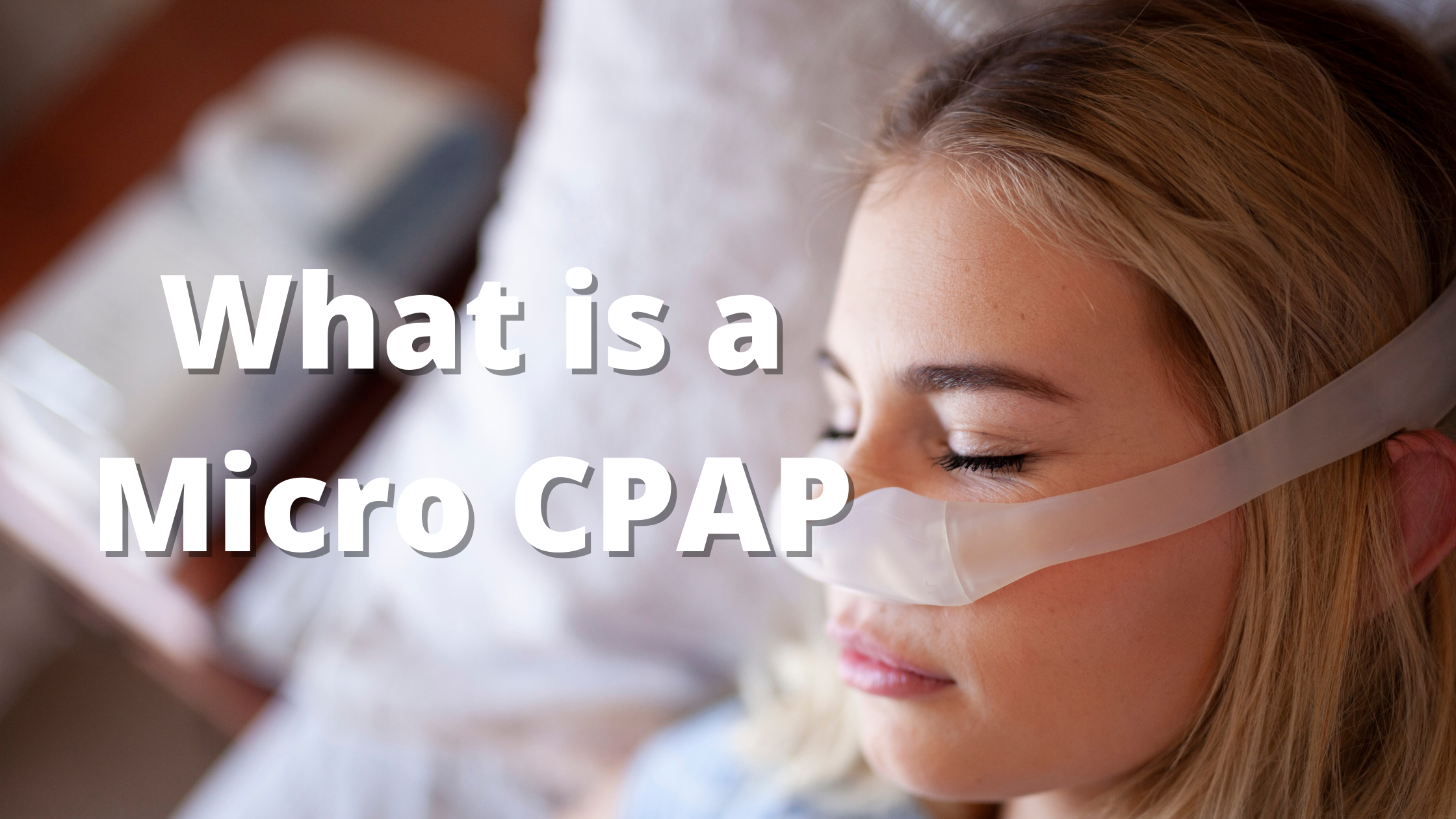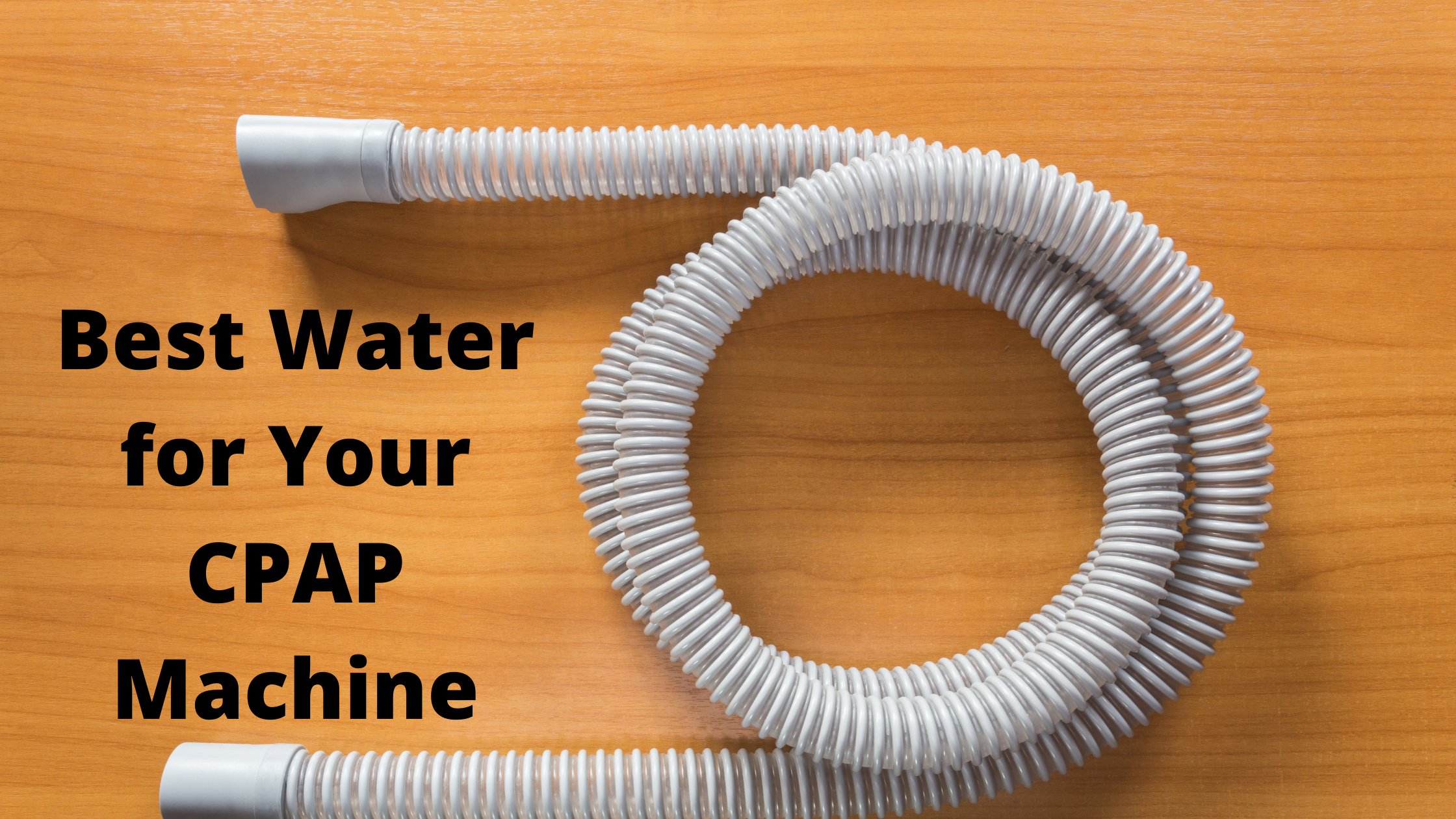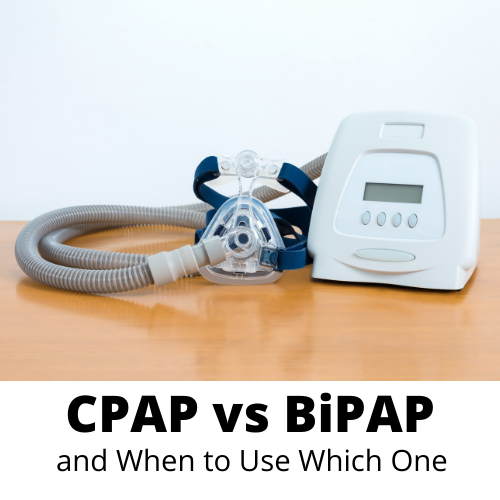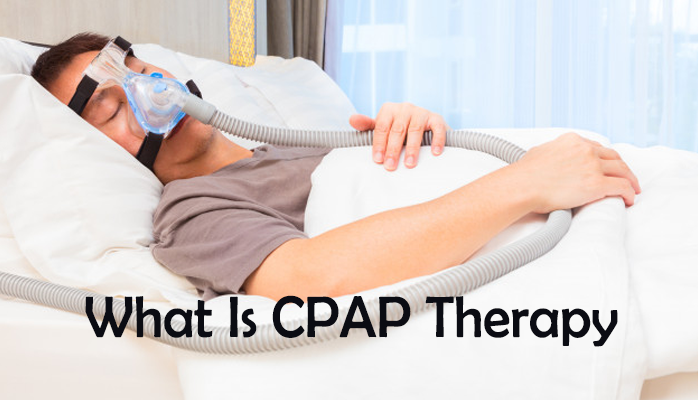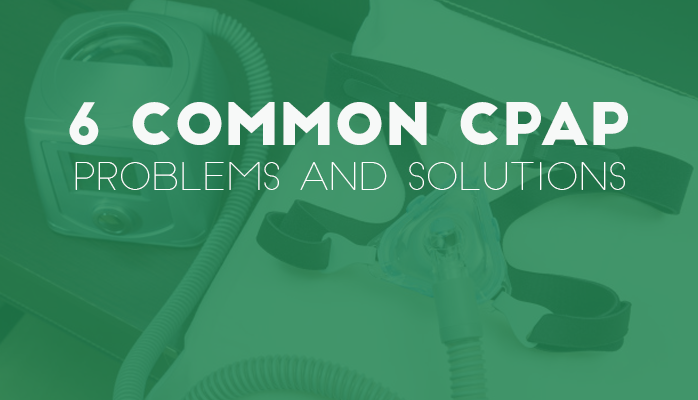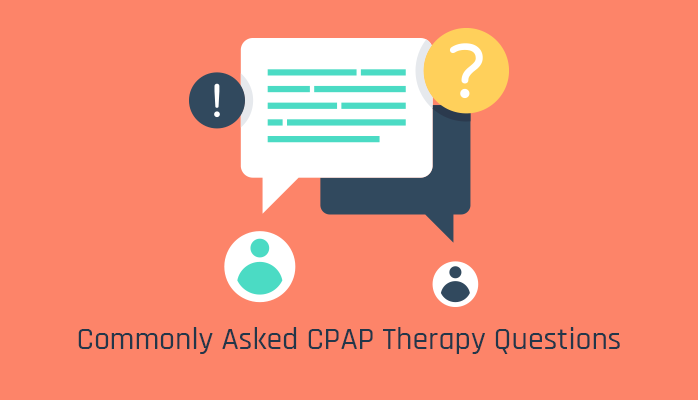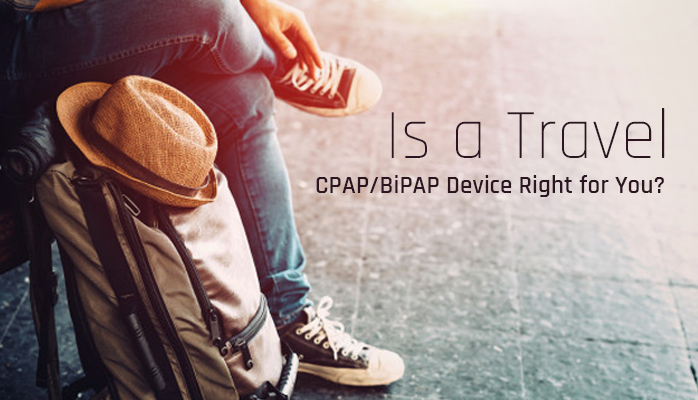Obstructive sleep apnea (OSA) affects nearly a billion people in the world. It is a sleep disorder that involves cessations of breathing throughout the night. These pauses can significantly disrupt sleep, leading to excessive daytime sleepiness, high blood pressure, and other health issues.
The mainstay treatment for OSA is continuous positive airway pressure (CPAP) which is a large mask that fits over the nose and mouth and provides enough pressure to keep the airway from collapsing. Due to the size of the CPAP machine, and the tubes and discomfort, many individuals may choose to not use a CPAP, which can worsen and prolong their disease.
However, new technology may offer something a little more comfortable: Micro CPAP. We are going to review what they are and how they work so you can talk with your doctor to see if it's the best option for you.

